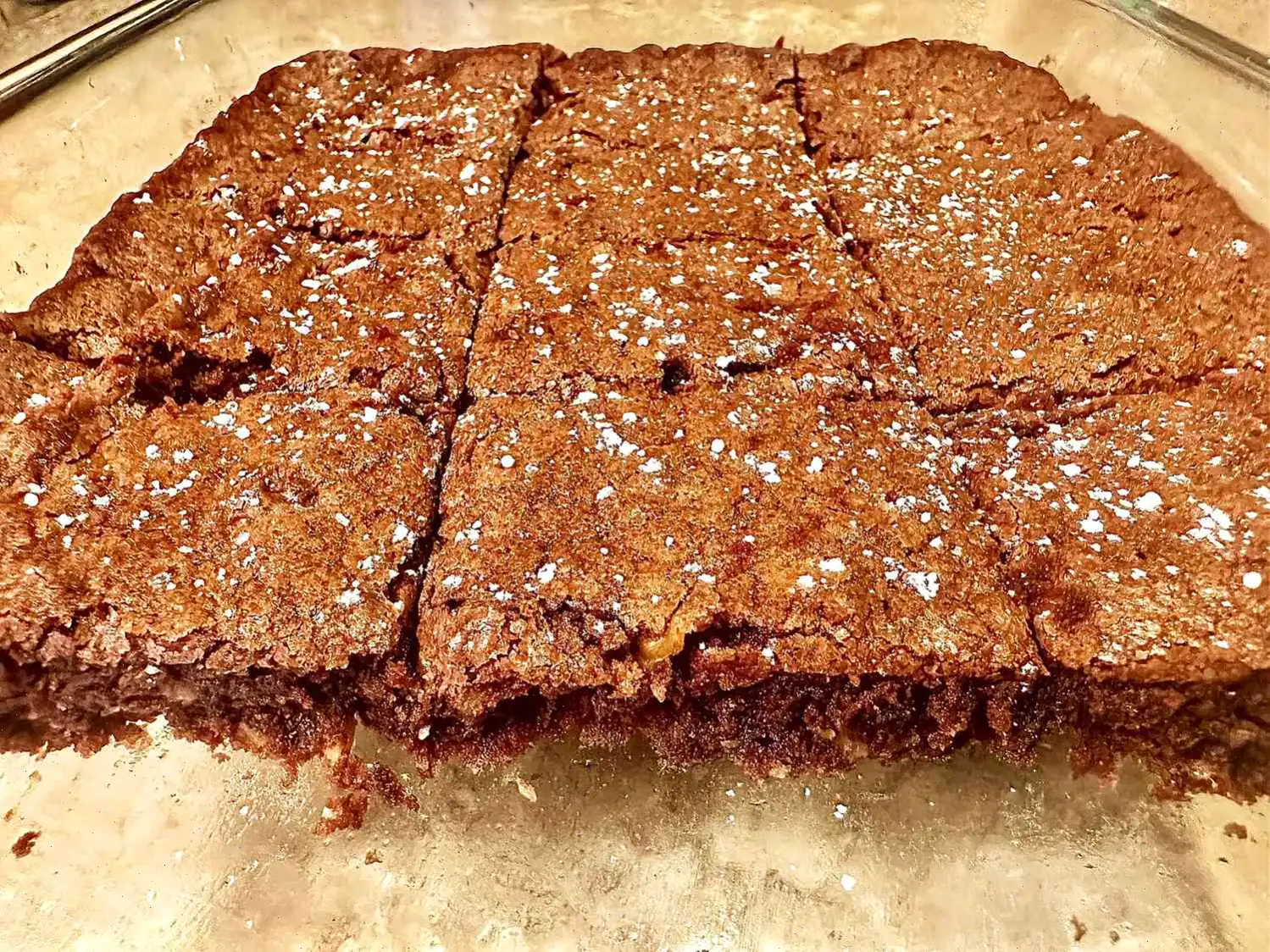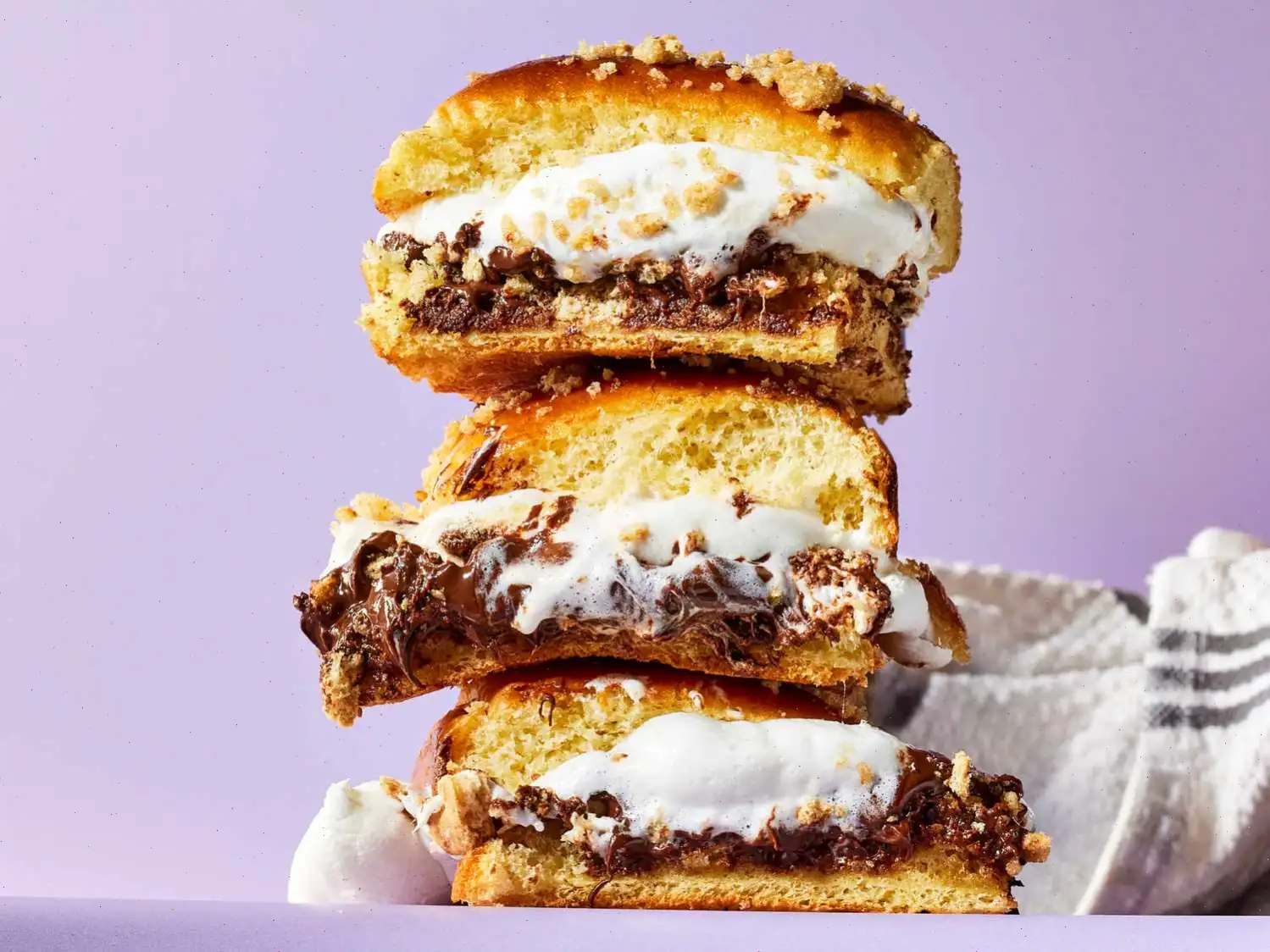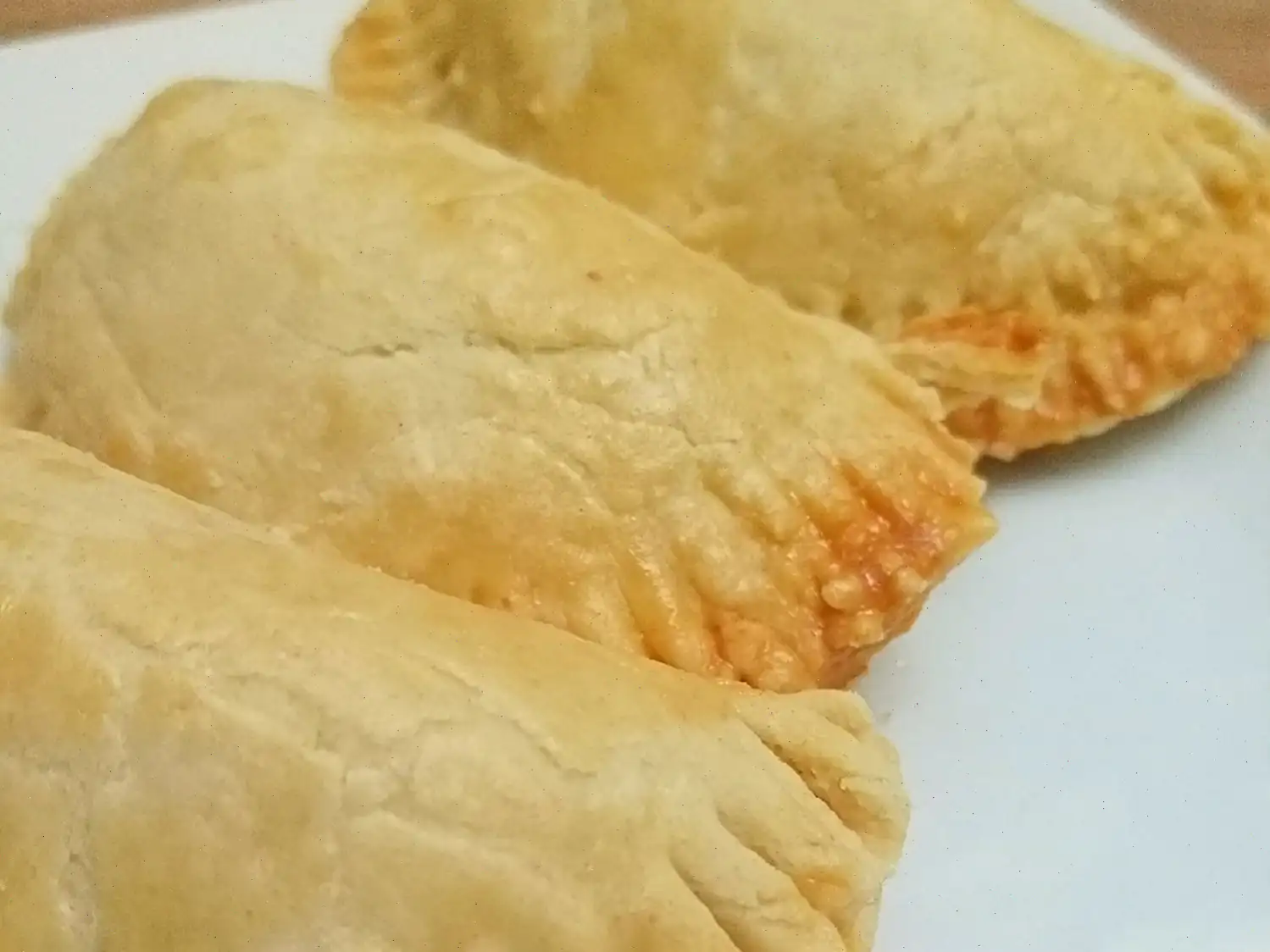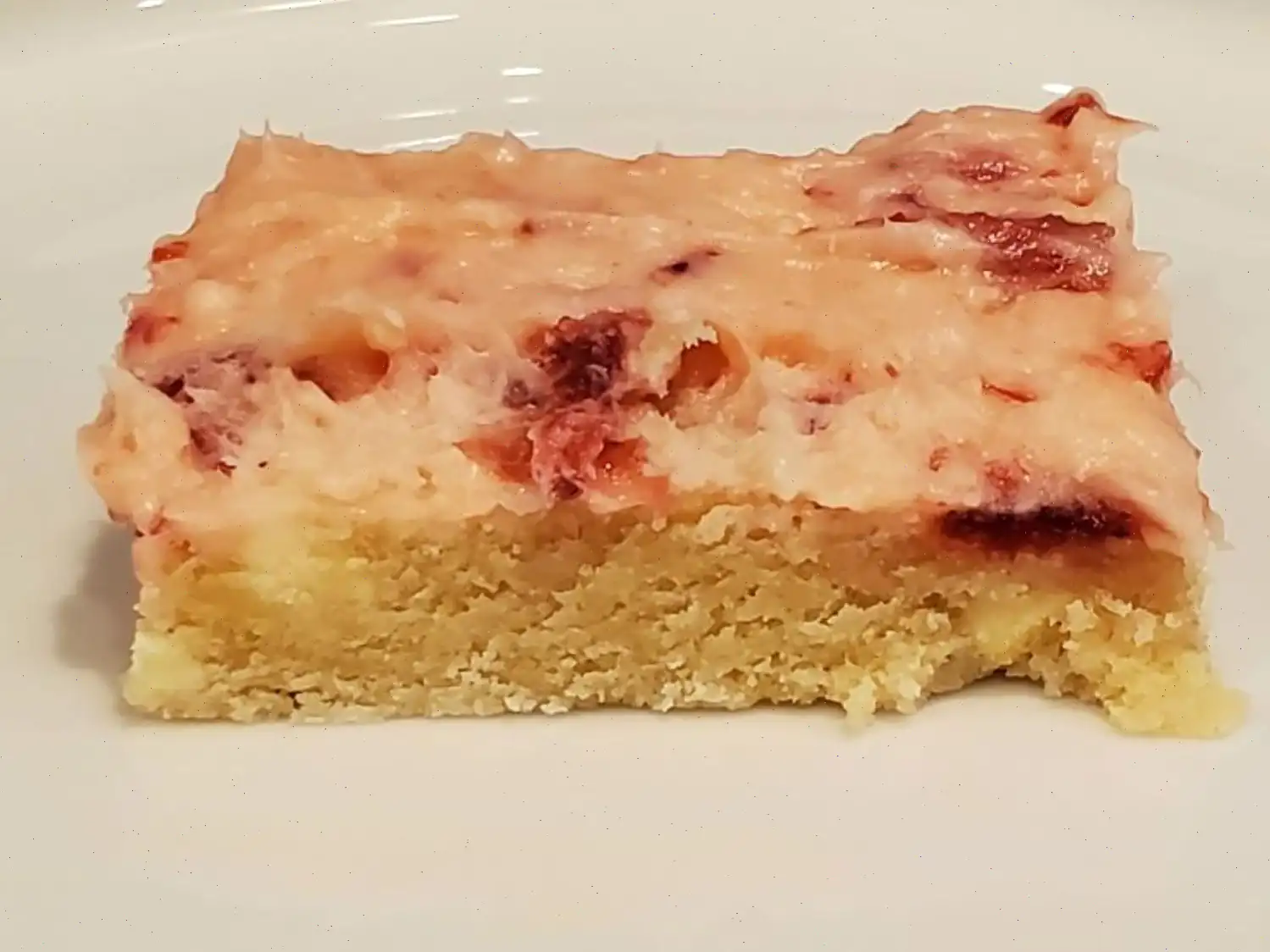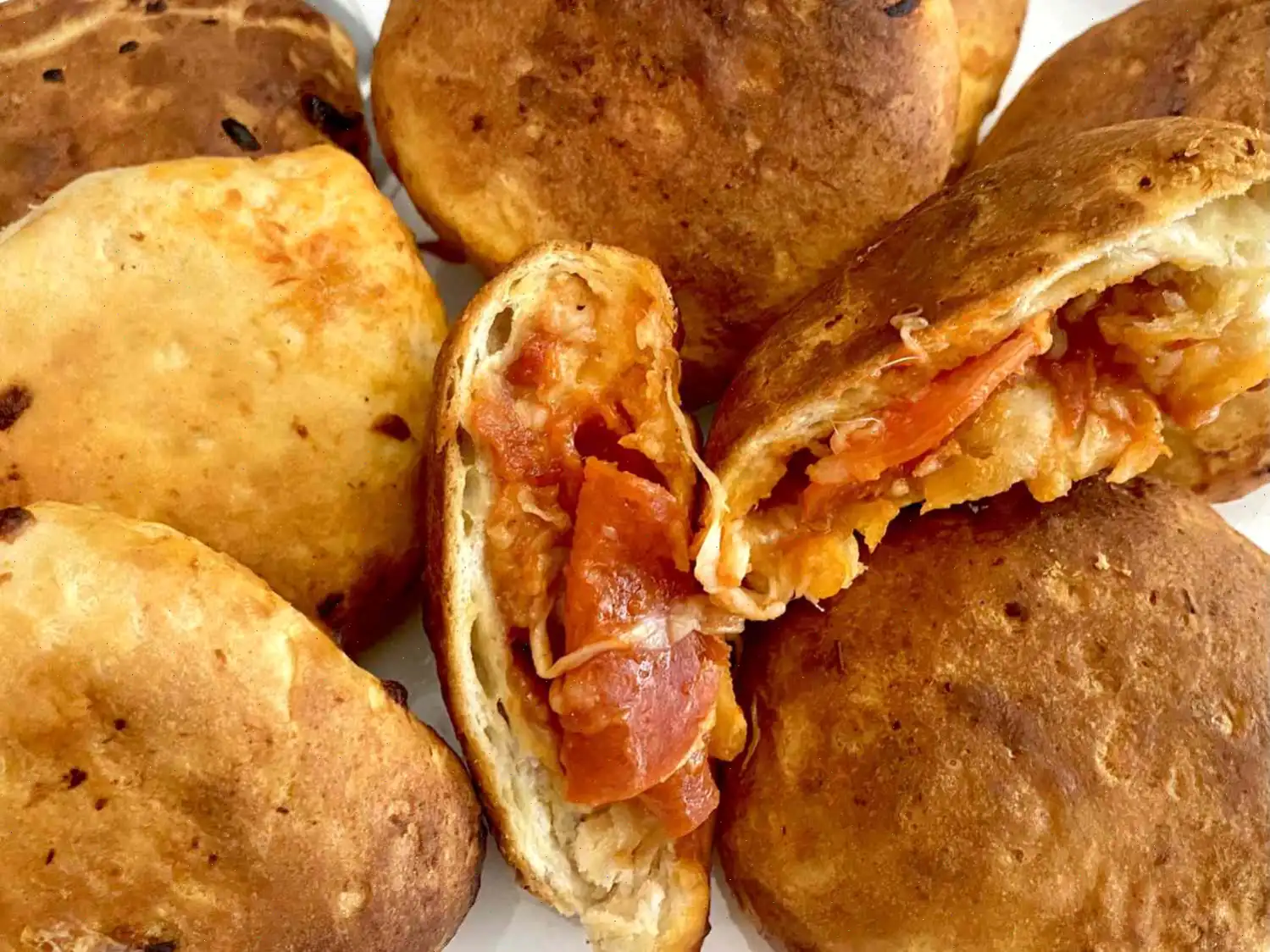
Espresso Brownies Recipe
Ingredients
- 1/2 cup all-purpose flour
- 2 tablespoons espresso powder
- 1/8 teaspoon baking powder
- 1/8 teaspoon salt
- 1 cup white sugar
- 1/2 cup butter, softened
- 2 large eggs
- 2 ounces unsweetened baking chocolate, melted
- 1/2 teaspoon vanilla extract
- 1 cup chopped walnuts (optional)
Directions
- Preheat the oven to 325F (165C). Grease an 11x7-inch baking pan.
- Sift together the flour, espresso powder, baking powder, and salt in a medium-sized bowl.
- In a large mixing bowl, beat the sugar and butter with an electric mixer until light and fluffy.
- Beat in the eggs one at a time, making sure the batter becomes smooth after each addition.
- Stir in the melted chocolate and vanilla extract, mixing well.
- Gradually add the flour mixture to the batter, stirring until just combined.
- If desired, fold in the chopped walnuts.
- Spread the batter evenly into the prepared baking pan.
- Bake in the preheated oven for 35-40 minutes, or until the top is dry and the edges start to pull away from the sides of the pan.
- Allow the brownies to cool completely in the pan before cutting into squares and serving.
Nutrition Facts (per serving)
| Nutrition | Amount | % Daily Value* |
|---|---|---|
| Calories | 194 | 10% |
| Total Fat | 11g | 14% |
| Saturated Fat | 7g | 33% |
| Cholesterol | 51mg | 17% |
| Sodium | 100mg | 4% |
| Total Carbohydrate | 22g | 8% |
| Dietary Fiber | 1g | 3% |
| Total Sugars | 17g | |
| Protein | 2g | 5% |
| Vitamin C | 0mg | 0% |
| Calcium | 15mg | 1% |
| Iron | 1mg | 7% |
| Potassium | 62mg | 1% |
* Percent Daily Values are based on a 2,000 calorie diet. Your daily values may be higher or lower depending on your calorie needs.

Author: Yolanda Gutierrez
Origin and History
Brownies, the iconic American dessert, have a long history rooted in the late 19th century. While there are competing theories regarding their origin, most food historians agree that they first appeared in the United States around the 1890s. The idea of adding espresso to brownies is a more modern twist, reflecting the growing popularity of coffee and espresso beverages in global cuisine. Espresso brownies combine the rich flavor of dark chocolate with the bold kick of espresso, creating a treat that appeals to both chocolate lovers and coffee enthusiasts alike. Over time, espresso brownies have evolved, with various adaptations appearing in coffee shops and home kitchens across the world.
Regional Variations
Espresso brownies, though rooted in American cuisine, are now popular in many regions. In Italy, where espresso is a cultural staple, it is common to find variations of brownies and cakes that incorporate espresso or coffee. Espresso brownies are sometimes enhanced with nuts, as seen in many traditional Italian cakes, or served alongside a shot of espresso for an extra boost. In other countries like the UK, the combination of coffee and chocolate in baked goods like brownies is widely appreciated, with subtle differences in texture and sweetness depending on local preferences.
How Espresso Brownies Differ from Similar Desserts
Espresso brownies are distinct from traditional chocolate brownies because of the addition of espresso powder, which intensifies the chocolate flavor and adds a unique depth. Unlike regular brownies, which are typically rich and fudgy, espresso brownies often have a slightly denser texture with a stronger, more complex taste. The espresso not only enhances the chocolate but also gives the brownies a sophisticated flavor profile that sets them apart from similar desserts like chocolate cakes or simple brownies without added flavors.
Where Espresso Brownies are Served
Espresso brownies are commonly served in coffee shops, especially those that emphasize gourmet coffee and baked goods. They are a popular treat for pairing with a cup of freshly brewed coffee or espresso, as the flavors complement each other beautifully. At home, they can be a quick and indulgent dessert for family gatherings or special occasions. Some upscale restaurants also include espresso brownies on their dessert menus, often presented with a scoop of vanilla ice cream or a drizzle of chocolate sauce for extra decadence.
Interesting Facts About Espresso Brownies
- Espresso powder is more concentrated than regular coffee grounds, so it provides a much stronger coffee flavor in baked goods.
- While traditional brownies were made with unsweetened baking chocolate, modern espresso brownies often use a combination of cocoa powder and chocolate for an extra rich flavor.
- Espresso brownies tend to taste even better the second day, as the flavors continue to meld together, making them a great make-ahead dessert.
- Some variations of espresso brownies include additional flavors, such as hazelnuts or caramel, to further elevate the coffee and chocolate combination.


